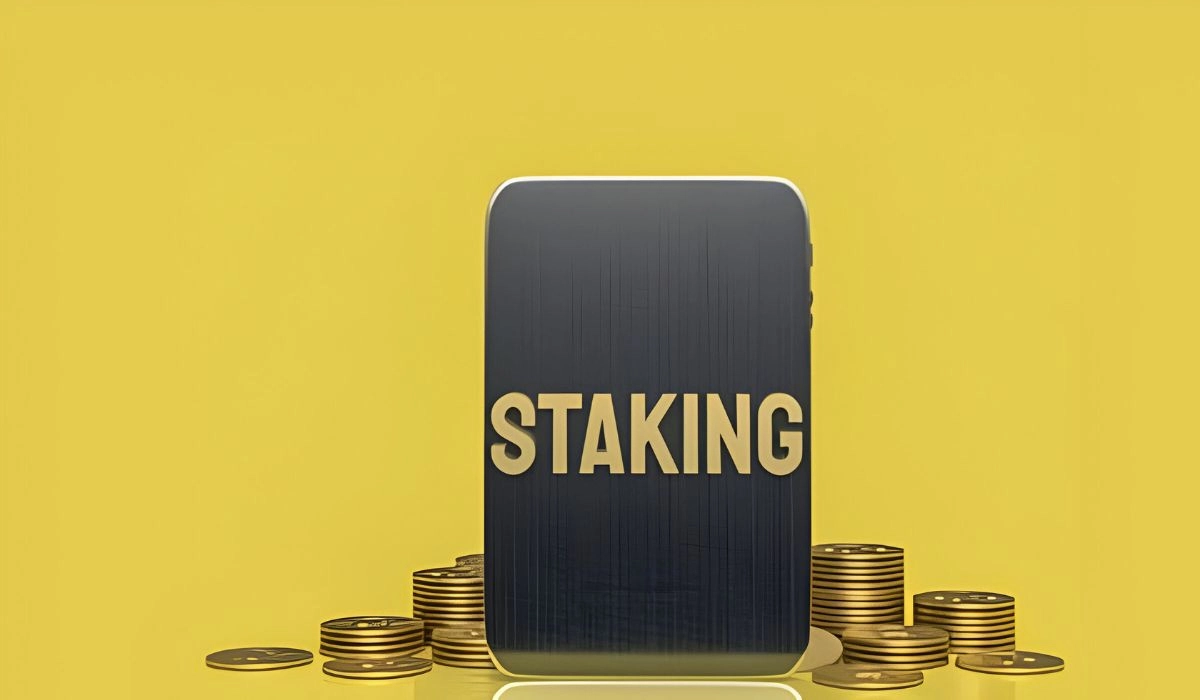Staking has quickly gained popularity in the cryptocurrency industry as a viable option for investors to generate passive income while also contributing to the integrity of blockchain networks. Unlike typical investment approaches, staking enables individuals to lock up their cryptocurrency holdings in return for incentives, providing a unique combination of income potential and active engagement. With the advent of Proof-of-Stake (PoS) and other consensus processes, staking has become a more accessible and energy-efficient alternative to mining, attracting a diverse variety of users.
For many, staking allows them to not only expand their digital asset portfolios but also contribute to the development of blockchain initiatives in which they believe. By staking their tokens, users contribute to the network’s security, transaction validation, and overall system integrity. In exchange, individuals earn rewards in the form of extra tokens, resulting in a cycle of growth for both the individual and the network.
Whole staking is an appealing way to earn money, but it does come with some hazards, including the possibility of a decline in token value and network vulnerabilities. However, with adequate knowledge and a planned approach, staking may be a powerful weapon for cryptocurrency investors wanting to maximize their investments in an ever-changing market.
In this article, we will look into what staking is, how it works, and its advantages, and check why staking is the best way to grow one’s crypto portfolio.

What Is Staking?
Staking is the process of participating in a blockchain network’s operations by storing a specific quantity of cryptocurrency to support features such as transaction validation, security, and network consensus. This procedure is most commonly linked with Proof-of-Stake (PoS) and other consensus algorithms, in which participants known as validators are chosen to validate transactions and produce new blocks based on the amount of money they have staked. Stakeholders receive benefits for their engagements, often in the form of additional tokens according to the number of cryptocurrencies locked up and the duration of their stake.
Unlike traditional mining, which needs significant processing power, staking is more energy-efficient and allows cryptocurrency holders to receive passive revenue. Staking is critical to the operation of many blockchain networks because it secures the network and ensures that all members act honestly, as harmful actions can result in the loss of staked funds.
Staking is frequently regarded as a more accessible option for people to engage in blockchain ecosystems, with lower barriers to entry than mining. However, it is not without hazards, since players may lose their staked assets if the network is attacked or if they are fined for dishonest behavior.
How Staking Works?
Staking allows you to actively participate in the development and security of blockchain networks while earning incentives for your efforts. At its foundation, staking entails storing a specific amount of money in a network to aid in its operations, such as transaction validation and consensus. The procedure is largely employed in Proof-of-Stake (PoS) and other similar consensus systems, in which validators are selected based on the amount of cryptocurrency staked.
When you stake your tokens, you become a part of the network’s architecture, contributing to transaction validation and ensuring the system’s overall integrity. The more tokens you stake, the better your chance of being chosen as a validator. If you are picked, you will receive more tokens as an incentive for your involvement. These incentives are usually proportional to the size and duration of your stake, giving a consistent stream of passive income for your participation.
Staking is particularly appealing because it is more energy-efficient than typical mining. Unlike Proof-of-Work systems, which require massive processing capacity, staking allows you to receive rewards without the need for costly gear or excessive energy usage. This accessibility makes it a tempting choice for crypto owners looking to get more out of their holdings.
However, staking is not without risk. If the network identifies dishonest behavior or discovers a vulnerability, your staked tokens may be penalized. Furthermore, the market value of your staked tokens can fluctuate, which may affect the incentives you receive. Despite these hazards, staking is an effective strategy for safeguarding networks and producing passive income in the ever-changing world of crypto.
Advantages Of Staking
Staking provides various benefits to crypto holders, making it a viable option for collecting passive income while supporting blockchain networks. One of the primary advantages is the ability to receive prizes in the form of additional tokens. By simply locking up your assets, you can get a consistent income that is proportional to the size and length of your stake. This provides a more consistent return than more volatile investing options, such as trading or speculative investments.
Staking also contributes to the security of blockchain networks by encouraging honest behavior among participants. The dishonest activity might result in the loss of staked tokens, promoting validators to protect network integrity. This improves the overall security and decentralization of blockchain systems. Furthermore, staking provides accessibility, allowing token holders to participate in blockchain ecosystems without requiring technical expertise or incurring significant upfront expenses. Staking allows users to support projects they believe in, contribute to network growth, and potentially enhance the value of their staked assets over time.
How Staking Is The Best Way To Grow Crypto Portfolio?
Staking has quickly become one of the most appealing strategies to build a cryptocurrency portfolio, providing a unique possibility to earn passive income while keeping control of your digital assets. Unlike trading, which requires ongoing decision-making, staking allows you to lock in your tokens and watch your portfolio increase over time without the need for active management.
The benefits of staking are often in the form of additional tokens that compound and enhance the value of your holdings. The more you stake, the greater your potential returns, making it an effective tool for people trying to build money gradually. This passive strategy for growth is especially appealing in a volatile market where traditional approaches, such as buying and selling, can be riskier and need continual monitoring.
Beyond the financial benefits, staking gives you a sense of ownership in the blockchain initiatives you support. By staking your tokens, you contribute to the network’s security and decentralization, strengthening your link to the projects in which you have invested. This long-term commitment can result in both financial and personal growth as your portfolio appreciates and you become more of the network. In a fast-changing environment like Bitcoin, staking provides a consistent, low-risk option to increase your portfolio while actively supporting the ecosystem, making it a crucial strategy for many investors.
Conclusion
Staking is one of the most profitable methods to build a cryptocurrency portfolio, providing a consistent source of passive income while also supporting the networks you believe in. It’s a low-risk, energy-efficient method that lets your investments work for you over time without requiring constant monitoring. Whether you are an experienced investor or new to cryptocurrency, staking is a simple and sustainable way to build long-term wealth.
Also Read: How Do You Trade Cryptocurrency And Make A Profit?






